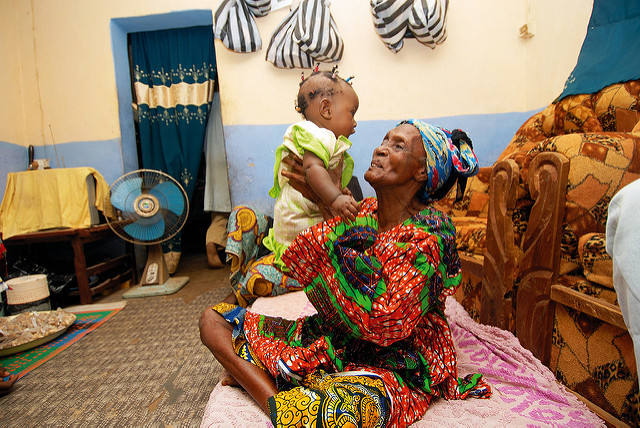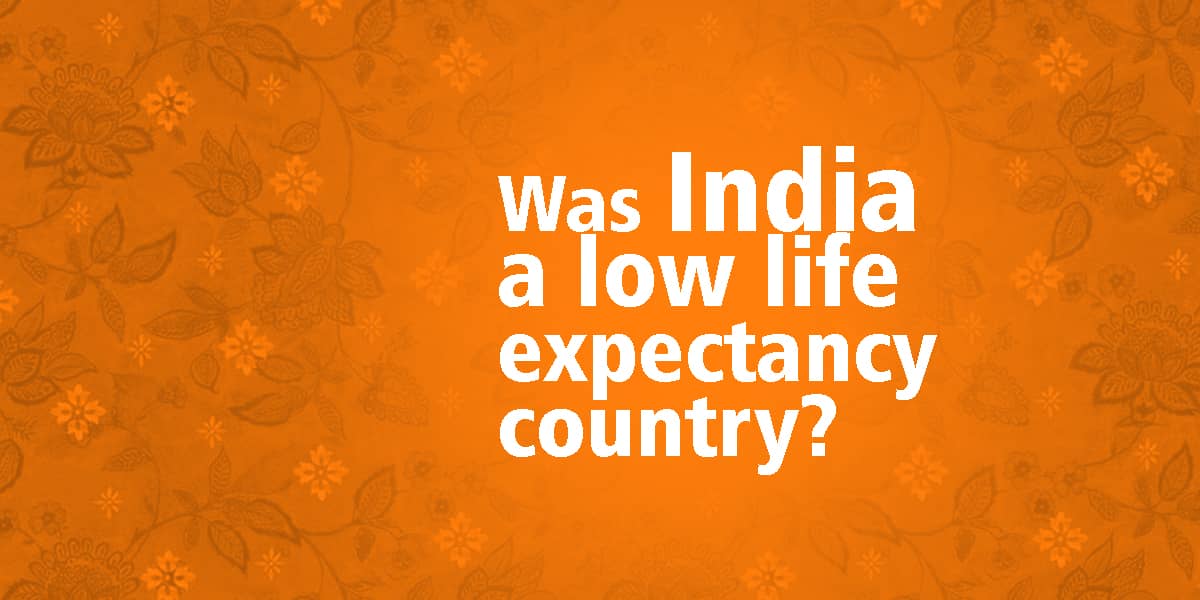


1 In addition, other more pressing political, demographic, and health issues have confronted the subcontinent over the past two decades, and the systems to collect data essential for accurate demographic estimates and projections are largely lacking. Yet the limited understanding of the demographics of aging in most developing countries stands in stark contrast to the comparatively well-documented course and implications of aging in developed countries.Ī combination of factors contributes to the limited understanding of the situation of older people in Africa: they constitute a smaller proportion of the population and their proportions are projected to grow fairly slowly relative to other areas in the world. Nearly 63 percent of the population age 60 and older currently resides in developing countries, and this percentage will increase to nearly 73 percent over the next 25 years. Population aging will become perhaps the most important demographic dynamic affecting families and societies throughout the world in the coming decades.


 0 kommentar(er)
0 kommentar(er)
